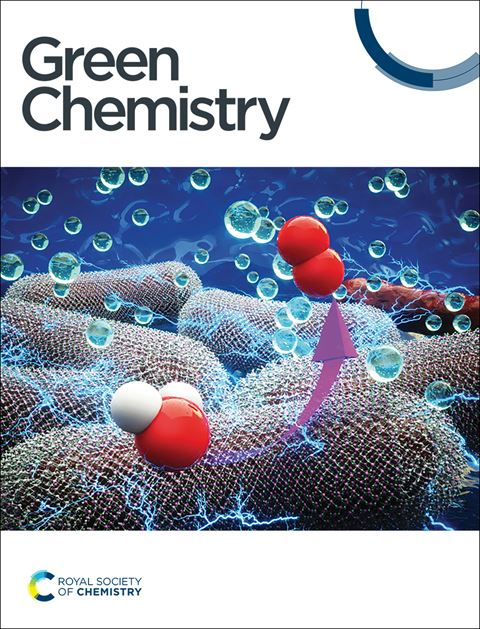Key challenges and advancements toward fast-charging all-solid-state lithium batteries
IF 9.3
1区 化学
Q1 CHEMISTRY, MULTIDISCIPLINARY
引用次数: 0
Abstract
Next-generation energy storage systems rely heavily on the capability of fast charging as they allow electronic devices to be charged within a remarkably brief period. The practical applications of fast-charging technology are severely hindered by unsatisfactory electrochemical performance, e.g., low specific capacity, low areal capacity, low coulombic efficiency, and very limited life span, resulting in a fast-discharging process. This comprehensive review provides a concise overview of the obstacles faced and thereby the recent advancements made in the realm of fast-charging all-solid-state lithium batteries. Firstly, it explains the inherent challenges of solid-state electrolytes (SSEs) and conventional ASSLB design that impede fast-charging capabilities. Based on these challenges, the specifications and strategies for optimizing the SSEs, electrodes, and electrode/SSE interfaces are discussed to achieve the fast-charging phenomenon in ASSLBs. To give readers a better understanding of ASSLBs under fast-charging capabilities, a comprehensive conclusion and novel points of view are included in the prospects.

实现全固态锂电池快速充电的主要挑战和进展
下一代储能系统在很大程度上依赖于快速充电能力,因为它们可以在极短的时间内为电子设备充电。快速充电技术的实际应用受到电化学性能不尽如人意的严重阻碍,例如比容量低、面积容量低、库仑效率低以及寿命非常有限,从而导致快速放电过程。本综述简明扼要地概述了快速充电全固态锂电池领域所面临的障碍,以及最近取得的进展。首先,它解释了固态电解质(SSE)和传统全固态锂电池设计所面临的固有挑战,这些挑战阻碍了快速充电能力。根据这些挑战,讨论了优化固态电解质、电极和电极/固态电解质界面的规格和策略,以实现全固态锂电池的快速充电现象。为了让读者更好地理解快速充电功能下的 ASSLB,本研究还在展望中给出了全面的结论和新颖的观点。
本文章由计算机程序翻译,如有差异,请以英文原文为准。
求助全文
约1分钟内获得全文
求助全文
来源期刊

Green Chemistry
化学-化学综合
CiteScore
16.10
自引率
7.10%
发文量
677
审稿时长
1.4 months
期刊介绍:
Green Chemistry is a journal that provides a unique forum for the publication of innovative research on the development of alternative green and sustainable technologies. The scope of Green Chemistry is based on the definition proposed by Anastas and Warner (Green Chemistry: Theory and Practice, P T Anastas and J C Warner, Oxford University Press, Oxford, 1998), which defines green chemistry as the utilisation of a set of principles that reduces or eliminates the use or generation of hazardous substances in the design, manufacture and application of chemical products. Green Chemistry aims to reduce the environmental impact of the chemical enterprise by developing a technology base that is inherently non-toxic to living things and the environment. The journal welcomes submissions on all aspects of research relating to this endeavor and publishes original and significant cutting-edge research that is likely to be of wide general appeal. For a work to be published, it must present a significant advance in green chemistry, including a comparison with existing methods and a demonstration of advantages over those methods.
文献相关原料
| 公司名称 | 产品信息 | 采购帮参考价格 |
|---|
 求助内容:
求助内容: 应助结果提醒方式:
应助结果提醒方式:


